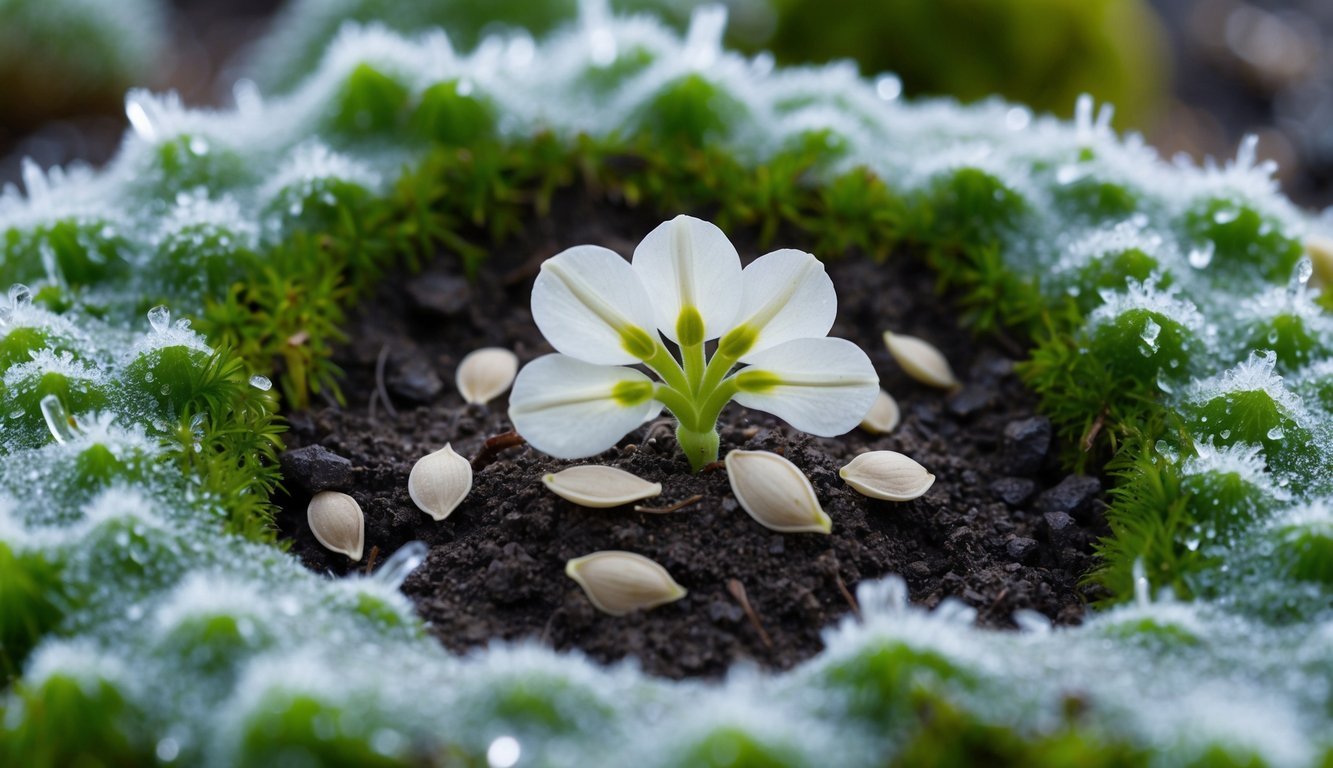
Snapdragons are delightful perennial flowers that thrive in cooler weather and are cherished for their stunning flower spikes.
Perfect for sunny garden spots and cut flower arrangements, these plants bring a touch of elegance to any landscape.
Gardening enthusiast Melissa Strauss shares her expertise on cold stratification for growing these lovely flowers.
My journey with snapdragons began years ago when I planted them in my cutting garden, and it’s been a rewarding adventure ever since.
These resilient perennials flourish in cooler temperatures and are among the most prolific bloomers in my garden, offering a wide array of vibrant colors that add grace to floral displays.
Understanding Cold Stratification
Although snapdragons are relatively easy to cultivate from seeds, the need for cold stratification can depend on your climate.
These seeds germinate quickly, adapting well to transplanting.
You’ll find they come in various forms: some are tall and elegant, while others are more compact, with a bushy appearance.
In hardiness Zones 7 through 10, snapdragons often thrive as perennials, and certain varieties can even survive in Zone 5.
In cooler regions, they can be planted as annuals.
If you can maintain a cooler environment during the summer heat, a second bloom in the fall might surprise you.
Let’s explore the importance of cold stratification for successfully nurturing snapdragon seeds.
The Role of Cold Stratification
Cold stratification is an essential process that aids the germination of many plants that naturally grow in cooler climates.
Seasoned gardeners understand this process’s significance, especially since it nurtures the seeds’ ability to sprout.
Warm-weather plants can usually skip this step and sprout without issue, but cold-weather species rely on it for optimal growth.
In nature, seeds typically disperse in the fall, and leaving flowers intact allows for natural self-seeding.
For more delicate cold-climate species, it’s vital to delay germination until spring.
If seeds sprout prematurely, tender seedlings face the risk of frost damage.
To ensure survival, many seeds have a robust exterior that must break down to allow moisture to seep in, which is crucial for germination.
This natural process is aided by winter’s freezing and thawing cycles, which gradually soften the hard shell, making way for water absorption in the more favorable spring climate.
While you might consider fall planting for natural stratification, it’s not always the most convenient option, and direct sowing can sometimes lead to disappointing results.
Implementing Cold Stratification Techniques
While cold stratification can boost germination rates, it isn’t an absolute requirement for every snapdragon seed variety.
The necessity varies based on the seed coat’s thickness.
Generally, snapdragon seeds have relatively thin shells—smaller even than poppy seeds—which means, while cold stratification can improve outcomes, skipping it won’t entirely prevent success.
Personally, I don’t find cold stratification essential for my snapdragons.
Living in Zone 9, I tend to plant my seeds in the fall before the first frost, and even with occasional cold snaps, my snapdragons thrive.
- Natural Method: For those who prefer to let nature take its course, direct sowing seeds in the garden might seem like an easy route.
However, given their slower growth rates and need for light to sprout, snapdragons face challenges when left to winter’s whims.
- Artificial Method: For those looking to maximize germination success, artificial stratification can be easily accomplished at home.
There are two approaches to artificial stratification: dry and moist, with moist stratification being the preferred method for snapdragons.
This straightforward technique involves using your fridge.
You will need a resealable bag or a waterproof container and paper towels or another suitable growing medium.
Start by dampening the paper towels or substrate, then sprinkle the snapdragon seeds on top.
If you’re using paper towels, fold them over to encase the seeds in moisture.
Once prepared, place the sealed material in your container or bag.
Snapdragons don’t require prolonged cold exposure; just a few days to two weeks will often suffice.
After this period, either surface sow the seeds or distribute them over a moist, quality potting mix.
Remember to be patient during the germination process, which typically takes about one to two weeks.
Keep in mind that colder soil conditions can lengthen this time.
For optimal germination, a temperature range of 70-75°F (21-24°C) is ideal—consider using a heating mat if your surroundings are cooler.
Favorite Snapdragon Varieties
- ‘Orange Wonder’: A tall variety that can grow up to three feet high, making it perfect for floral arrangements with its strong, upright stems.
- ‘Night and Day’: Newly introduced to my garden this year, this captivating variety features deep purple stems and leaves in cooler conditions, creating a striking color contrast that catches the eye.
- ‘Madame Butterfly Bronze’: Well-known for its stunning double blooms, this variety can reach heights of nearly four feet, boasting sturdy stems that enhance its impressive stature.
- ‘Twinny Peach™’: This double-flowering delight showcases delicate, ruffled petals in a soft peach hue, resembling a beautiful sunset with its captivating ombre effect.
By carefully considering stratification techniques, you can significantly increase your chances of success with snapdragon cultivation, resulting in a vivid display that enhances any floral arrangement.
Source: Epicgardening

